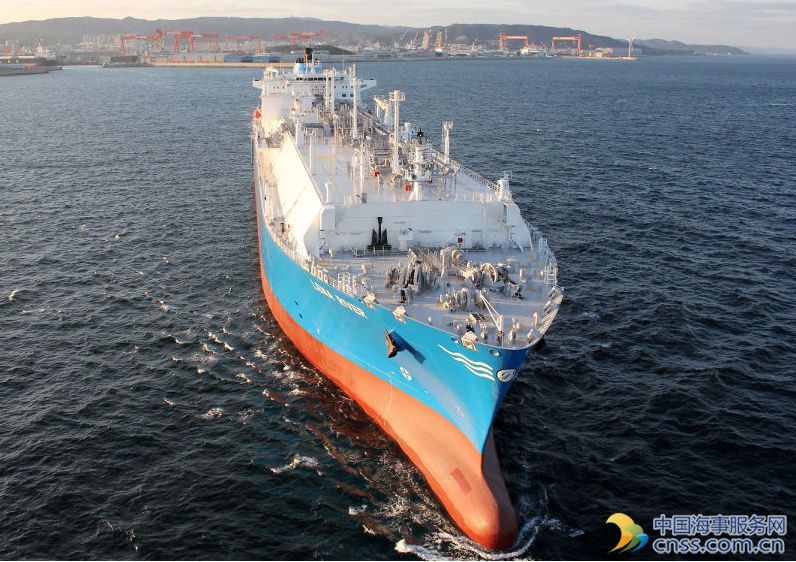Pods Versus Water Lubricated Props: Greater Comparative Studies Required

Thordon Bearings has called on the marine industry to investigate the characteristics of both conventional seawater-lubricated propeller shaft systems and podded propulsion arrangements in order to provide shipowners with a better understanding of the two very different propulsion configurations.
In a recently published White Paper, the Canadian manufacturer of the COMPAC seawater-lubricated propeller shaft bearing system believes there is a great opportunity for independent comparative data so that cruiseship operators, in particular, can make more informed procurement decisions.
Highlighting the development of both systems, the 24 page paper asks if the water-lubricated propeller shaft is more efficient than podded propulsion, encouraging readers to assess a number of different factors before selecting their optimum propulsion solution.
The paper explores the key advantages and disadvantages of both arrangements, arguing the case for the conventional propeller shaft configuration due to its lower capital expenditure, reduced operating costs, zero pollution risk, life expectancy, low noise and vibration, manoeuvrability and survivability.
While acknowledging that greater research is needed, Thordon Bearings’ argument for convention is supported by several high-profile marine engineers with first-hand experience of both concepts, one of whom said he was “never able to ascertain with any certainty that the capital and through life costs of a podded propulsion system were any less than those for conventional drive arrangements”.
Other supporters of convention claim in the paper that a conventional passenger ship with a rounded skeg hull shape, twin six-blade fixed pitch propeller and a seawater lubricated shaft line, with appendages optimised using computational fluid dynamics, is comparable to a podded cruiseship in terms of hydrodynamic efficiency.
“According to press reports, cruiseships fitted with pods continue to suffer from system failures, resulting in downtime, emergency repairs and drydocking, all of which add to the high capital and operational costs of installation. Concerns have also been raised about the handling of ships with propulsive pods in certain manoeuvring conditions, which is different to the handling of a direct-drive vessel,” said Craig Carter, Director of Marketing and Customer Service, Thordon Bearings.
“While our paper does not purport to be an academic study in any way, it is intended to engender debate and, hopefully, spur greater research into the key attributes of both propulsion arrangements” he added.
“Much of the research to date has focused on the manoeuvrability and hydrodynamic efficiency benefits of a cruiseship with podded propulsion, but this does not paint the complete picture. Owners have to also consider environmental, operational, safety, CAPEX and OPEX differences between podded and direct-drive configurations so that the cruiseship sector in particular can make more informed procurement decisions.”
Source: Thordon Bearings
HEADLINES
- Do shipping markets want Biden or Trump for the win?
- All 18 crew safe after fire on Japanese-owned tanker off Singapore
- Singapore launching $44m co-investment initiative for maritime tech start-ups
- Cosco debuts Global Shipping Industry Chain Cooperation Initiative
- US warns of more shipping sanctions
- China continues seaport consolidation as Dalian offer goes unconditional